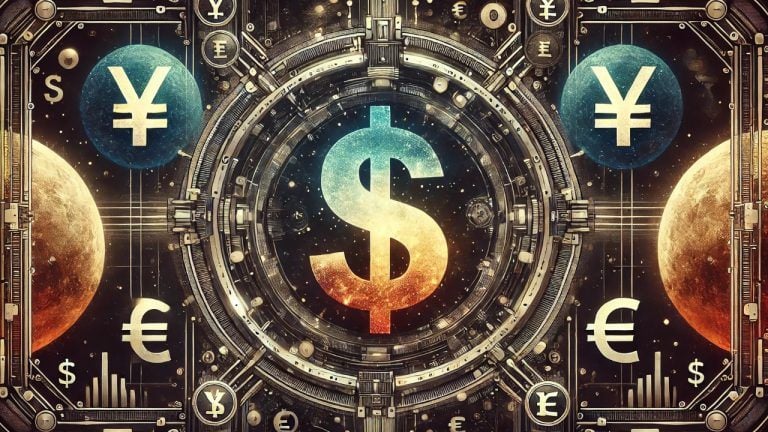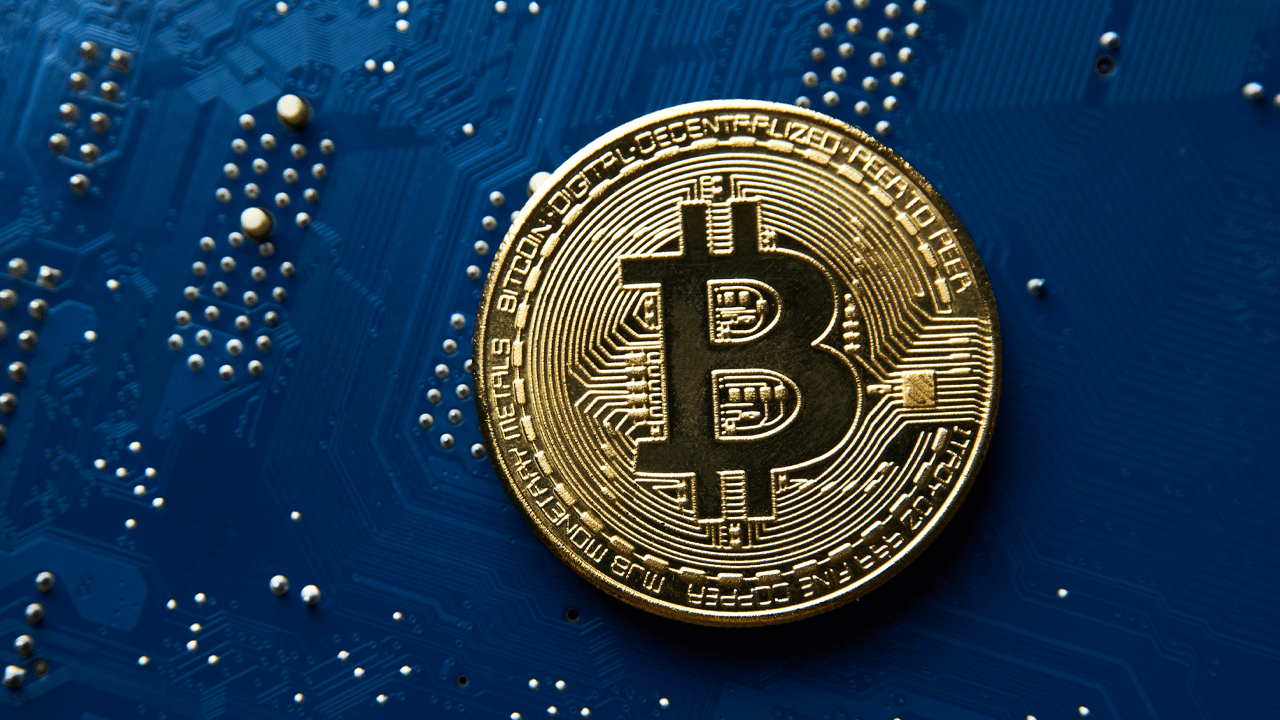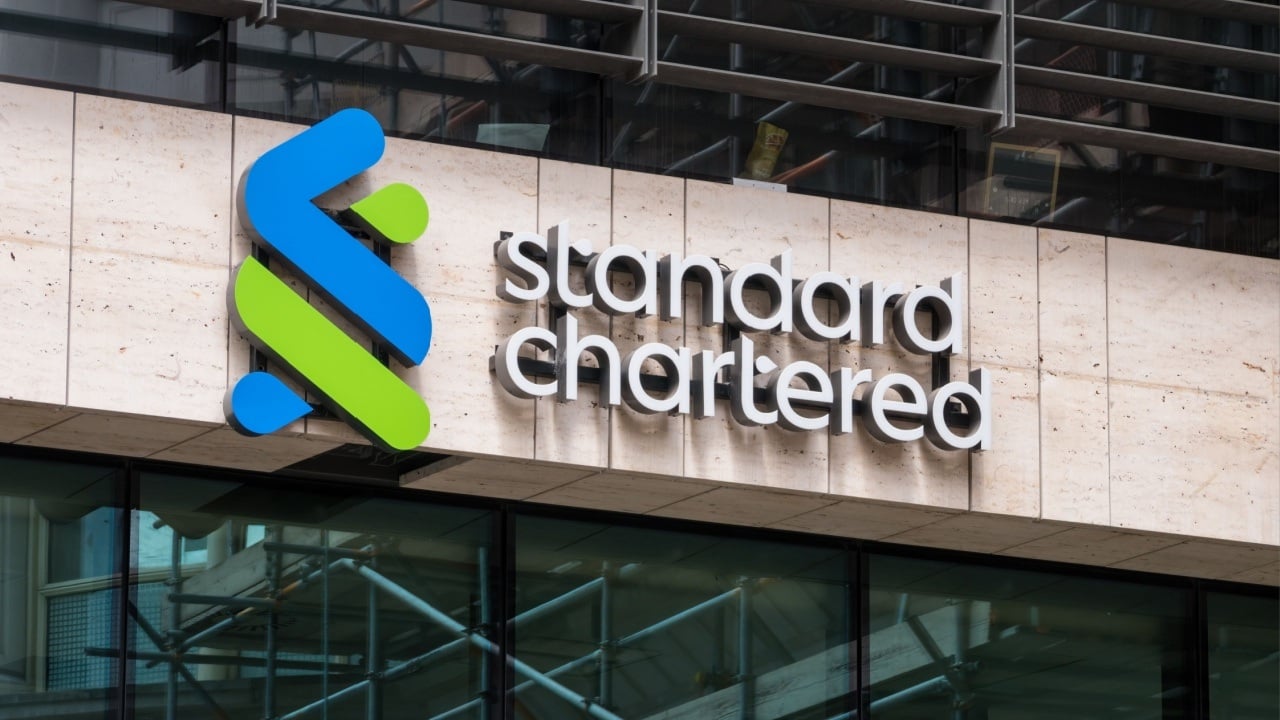Dogecoin, Litecoin, Toncoin, Pepecoin Prices Stir Amid US Election Buzz

Dogecoin Rallies as Trump and Musk Energize Supporters
Dogecoin has surged by 21.8% since former President Donald Trump’s rally at Madison Square Garden on October 27, where Tesla CEO Elon Musk publicly voiced support for a “D.O.G.E.” initiative aimed at reducing government waste. This endorsement has sparked renewed enthusiasm among Trump and Musk supporters in the crypto community, creating an “election buzz” that has brought Dogecoin into the spotlight.
As anticipation builds over a potential Trump victory, many traders are doubling down on DOGE, viewing it as a “meme vote” in the political landscape. Analysts suggest that Musk’s close ties to Trump and the election-driven narrative around reducing government inefficiency could give Dogecoin an edge over competing meme coins like Shiba Inu and PepeCoin, both of which declined over 15% in the same period. With the potential for post-election volatility, Dogecoin is increasingly viewed as a top pick for those betting on a Trump win and the likelihood of favorable policy shifts for crypto.
Adding to DOGE’s election-fueled rally, Musk mentioned the token on the Joe Rogan podcast, sparking a 100% increase in new addresses as the Dogecoin community grows in anticipation. Robinhood has also capitalized on Dogecoin’s popularity by reintroducing DOGE transfers and a 1% deposit bonus, which has further fueled trading volume. If Trump wins, Dogecoin’s trajectory could trend higher, with traders forecasting a range of $0.50-$0.60 if pro-crypto sentiment intensifies after election day.
Litecoin Gains Adoption in Sheetz’s Payment Gateway Expansion
Litecoin is quietly positioning itself as a retail-friendly crypto choice amid the election season. Through a new partnership between Sheetz convenience stores and crypto payment provider Flexa, Litecoin is now available as a payment option at over 750 locations across the U.S. This initiative allows consumers to use Litecoin, Bitcoin, Ether, and stablecoins like USDC for purchases—a step forward as the U.S. heads into an election cycle that could shape crypto regulations.
This integration reflects growing interest in digital payments as Americans increasingly consider alternatives to traditional finance. According to Flexa co-founder Trevor Filter, Sheetz’s adoption of Litecoin payments underscores a demand for flexible, secure transaction options that align with broader political conversations on financial innovation. The integration places Litecoin at the center of this shift, particularly as states like Pennsylvania and Michigan—swing states where Sheetz operates extensively—see a surge in crypto interest amid the election season.
Some analysts speculate that if the election results favor pro-crypto policies, more retailers could follow Sheetz’s lead, further embedding Litecoin in mainstream commerce. As discussions around financial sovereignty and payment innovation gain traction, Litecoin stands to benefit as a bridge between digital assets and traditional retail.
Toncoin Faces Decline Amid Election-Driven Uncertainty
While Dogecoin and Litecoin gain traction, Toncoin has been hit by significant setbacks this year, including a 41% price drop from its peak. Network activity has declined sharply, with burn volumes falling from 32,000 tokens to just over 6,300 in recent days. These declines come as Toncoin’s founder, Telegram’s Pavel Durov, faces legal issues that have raised concerns about the project’s stability.
In the context of the U.S. election, Toncoin’s outlook remains uncertain. Many in the crypto space believe that a Trump win could create a favorable climate for alternative Layer 1 blockchains, with Toncoin positioned as a “sleeper pick” for growth if regulatory pressures ease. Analysts are keeping a close eye on how the election results could influence Toncoin’s viability, as a pro-crypto administration may provide the environment TON needs to regain investor confidence.
Despite these challenges, Toncoin’s connection to Telegram and the anticipation of potential “Resistance Dog” memes could fuel interest if the market enters a post-election bull run. However, if regulatory scrutiny intensifies, TON’s current downtrend may continue, especially with technical indicators showing a bearish outlook. Unless Toncoin can hold support at $4, investors may remain cautious, waiting to see how the political landscape will impact this unique asset.
PepeCoin’s Deflationary Move Gains Appeal as Election Approaches
PepeCoin recently conducted an 8% deflationary burn, aimed at increasing scarcity and creating upward price pressure amid a volatile market. As election-related uncertainty drives interest in speculative assets, PepeCoin’s move to reduce supply may attract traders seeking gains in the meme coin sector.
Amid rising political tensions, PepeCoin’s appeal as a decentralized asset aligns with broader themes of autonomy and community-driven projects. Some investors see PepeCoin’s strategy as part of a larger trend in decentralized finance (DeFi) and digital assets that gain traction during politically charged periods. With meme coins often capitalizing on cultural shifts, PepeCoin’s scarcity model and community support may position it for gains if market sentiment rallies in response to a Trump victory.
Conclusion: Altcoin Market Dynamics and XRP’s Regulatory Road
As the U.S. election nears, the altcoin market is increasingly influenced by political events and investor sentiment. While Dogecoin and Litecoin experience gains amid favorable news and adoption, Toncoin’s performance remains hindered by network challenges and reduced user engagement. PepeCoin, meanwhile, is capitalizing on election-driven market interest with its deflationary strategy.
XRP faces its own unique challenges, particularly as crypto-skeptic Senator Elizabeth Warren recently won her Senate seat against pro-XRP lawyer John Deaton. Warren’s victory may indicate a tougher regulatory stance, especially for assets like XRP that have faced scrutiny over their structure and use cases. Ripple’s use of escrow to manage XRP supply, which has been a focal point of the SEC’s legal action, may now come under further examination as Warren gains influence in shaping crypto policy.
These developments underscore the complex interplay between politics and cryptocurrency. As traders and investors look to capitalize on potential post-election market shifts, altcoins are likely to see continued volatility, with the outcome of the U.S. election set to influence crypto trends well into 2024.



